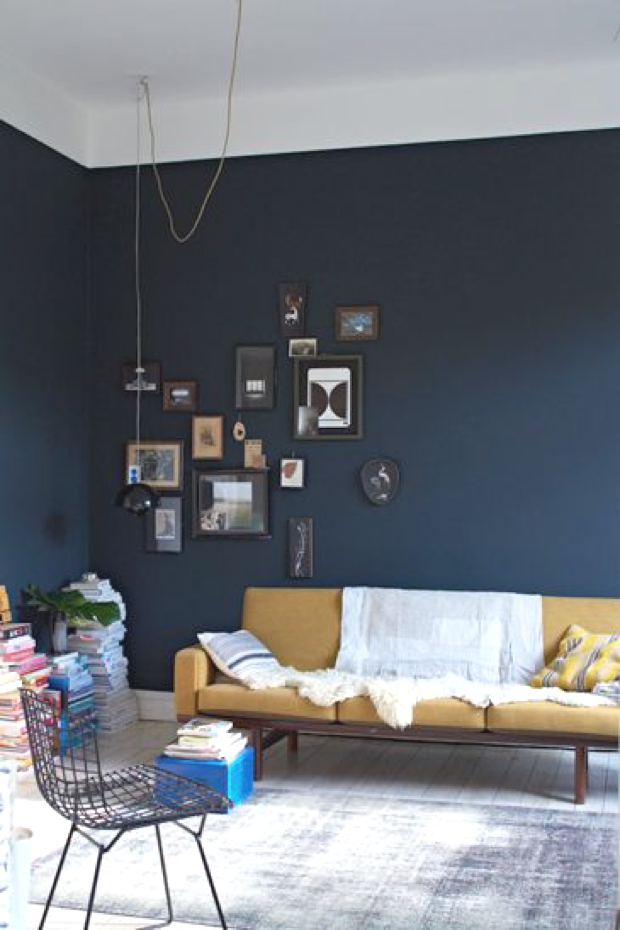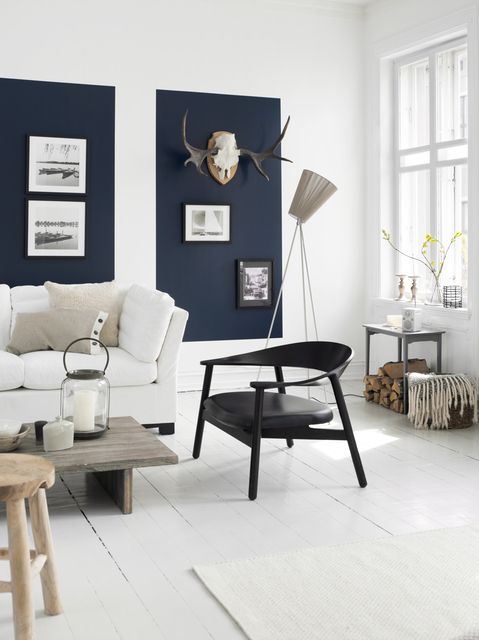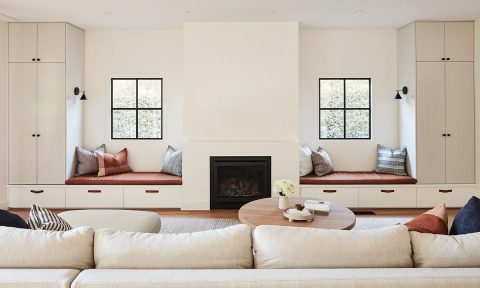By Nikki Donald
Have you ever wondered why you feel really energised in some rooms and subdued and introspective in others? Or why some rooms feel cold and expansive while others feel cosy and comforting? Chances are it has to do with the colour choices and where those colours have been applied.
If you’re renovating or redecorating, colour is one of the most powerful elements you can use in your space to enhance a specific mood or visually manipulate the space. And if you’re being brave enough to tackle this all yourself, there are some essential insider tricks you need to know about before you run off to the paint store!
Di Swinbourn, head of colour at Sydney Design School, has compiled her top go-to tips to help you create just the right mood for your home.
Bright colours advance the most

Di says that in the past there was a belief that warm colours like red, yellow and orange were the first colours we noticed – or, the colours that ‘advanced’.
This is actually untrue! It’s the bright vibrant colours that we see first, regardless of their temperature. For example: a bright blue wall (blue being a cool colour) in an interior will jump out to meet us before a light or dark wall.
This is good know if you are trying to bring the walls visually ‘closer’ to create cosiness, but should be avoided if you are trying to make a room appear more spacious.
Dark colours advance next

If brights aren’t your thing, Di suggests trying dark colours and tones. Walls – and ceilings – painted in dark colours like chocolate-brown, charcoal, dark navy and even black, will also give the impression that they are closer to you than light walls. Like bright colours, darks ‘advance’ but they’re just not as attention grabbing as their brighter counterparts.
Light colours recede and create spaciousness

Think of looking off into the distance at a mountainous horizon. Everything starts to look very light and the further it is away from you the lighter it becomes. This theory also applies to interiors. If you need to widen a narrow space or just want to create an open expansive feeling, stick with light colours. Di reminds us not to get stuck on white – your scheme can have colour but make sure it’s a muted pastel colour. The secret to this one is to make sure there is little to no contrast in terms of colour or tone.

Not really a fan of all white interiors? An all dark space can feel almost as spacious as an all light space. Dark or mid-tones can create spaciousness, just as long as the space isn’t broken with contrasting colours or tones.
Extra tip: Di says don’t be afraid of black or charcoal walls in the bedroom. They can add a sophisticated look that is very timeless and also create a cocooning ambience that is great to lull you into a blissful sleep.
A room with contrast will appear smaller

If you want to lessen the impact of an overwhelming large, open space, then fill it with lots of contrasting colours and tones. It will feel smaller and cosier. Remember, darker/brighter hues will ‘advance’ towards you.
Visually lower a ceiling

A terrific way to add drama and to visually lower a high ceiling in a cold, open space is to paint it brighter or darker than the walls. And if you’ve got picture rails, bring that colour down to meet them!
— Nikki is a surface designer who teaches colour at Sydney Design School. She was taught by Di in 2001 and now works proudly alongside her as a fellow colour-aholic.










Comments
Hello! Wondering what color paint that bright blue wall is? So fabulous